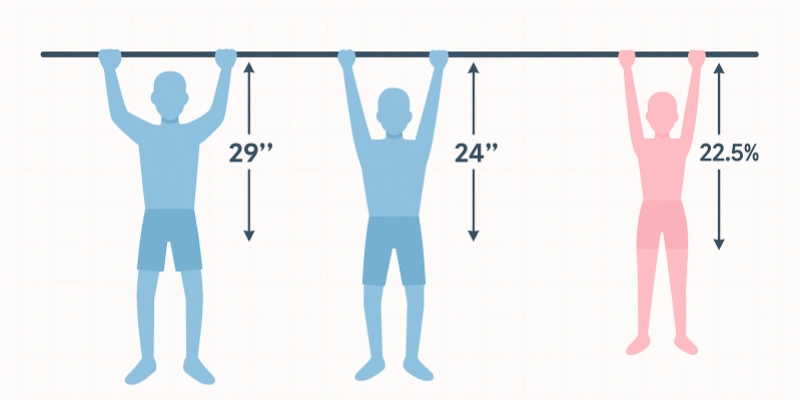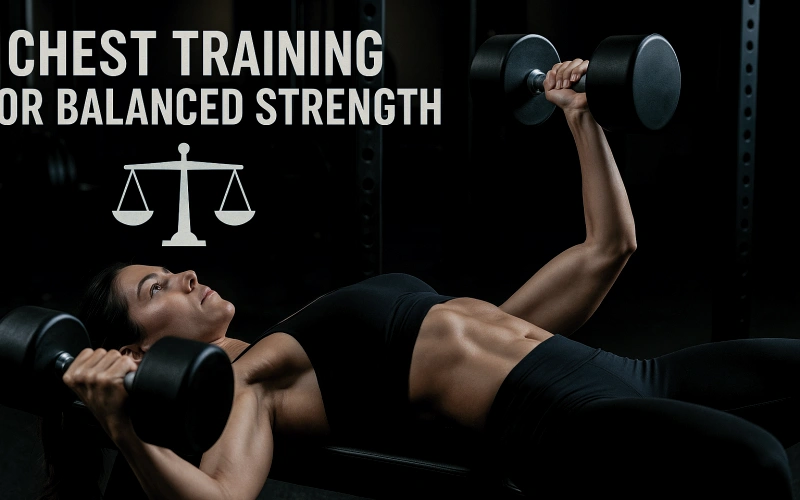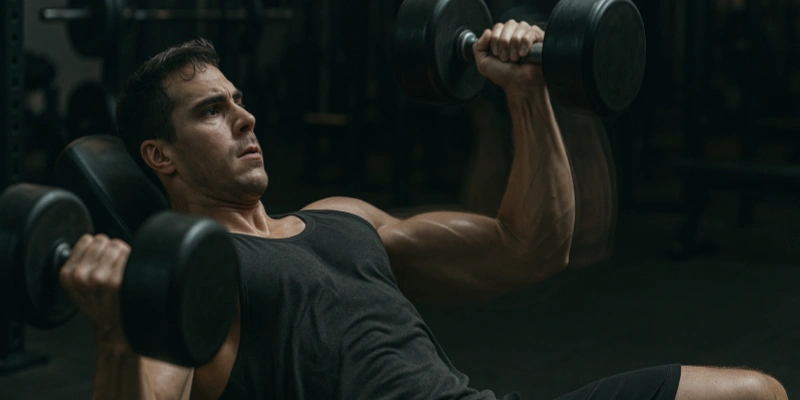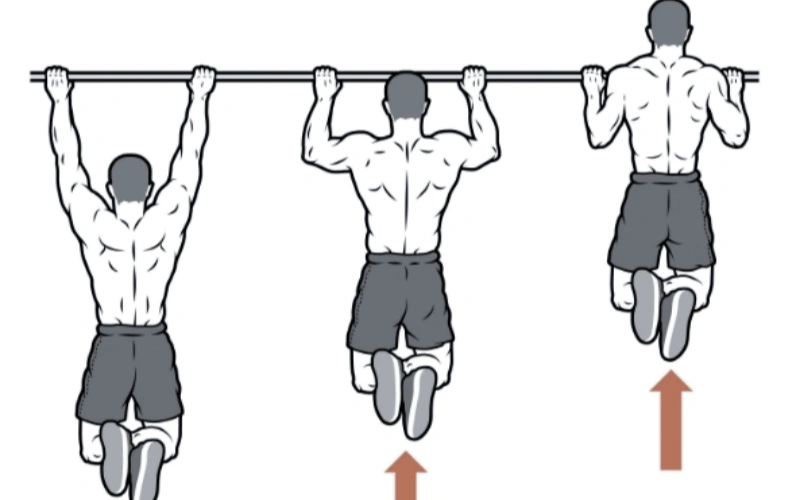Are pull ups harder if you have long arms? Yes, pull-ups are harder with long arms because you have to lift your body farther and work against more resistance. The essence of pull-ups is to overcome the body’s gravity and do work. The length of the arm (i.e. the distance from the shoulder joint to the horizontal bar) determines the length of the lever arm.
According to the lever formula: Torque = Force × Lever Arm; the longer the lever arm, the greater the force required from the muscles. Longer arms will shorten the ROM on deadlifts and lengthen the ROM on pull-ups. This extended ROM demands more work from the muscles (latissimus dorsi, biceps, and core) compared to someone with shorter arms.
Longer Limbs + More Weight = Harder Pull-ups
Your body as a seesaw during pull-ups. Arm length sets the pivot point’s reach, leg length shifts the balance, and weight determines the load.
| Arm Length (in) | Bodyweight (lbs) | Torque (lb-ft) | Equivalent Added Weight | Difficulty Level |
|---|---|---|---|---|
| 24" (Average) | 150 | 300 | - | ★★☆☆☆ |
| 28" | 150 | 350 | +17% | ★★★★☆ |
| 24" | 180 | 360 | +20% | ★★★☆☆ |
| 28" | 180 | 420 | +40% | ★★★★★ |
| 24" | 200 | 400 | +33% | ★★★★☆ |
| 32" | 200 | 533 | +78% | ★★★★★★★ |
Longer limbs + higher weight = more energy burned per rep. A 6’0”, 180lb athlete might expend the same energy doing 5 pull-ups as a 5’6”, 140lb person doing 10. It’s like sprinting through mud versus running on track – same movement, wildly different effort.
Long legs dangle like unsecured cargo, forcing your core to work overtime. This steals focus (and strength) from your pulling muscles. Heavy weight worsens this – it’s not just about lifting mass, but controlling its sway. Picture carrying a wobbly grocery bag versus a strapped-down backpack.
Film your form – tiny posture tweaks can neutralize 20% of the synergy penalty.

Training to Improve Pull-up Efficiency
Build Raw Strength
- Heavy Barbell Rows
- What to do: Stand with feet shoulder-width apart, bend knees slightly, hinge forward at 45°, grip barbell wider than shoulders. Pull the bar toward your lower ribs, squeeze shoulder blades.
- Why it works: Strengthens upper back (lats, rhomboids) and arms, mimicking the pull-up motion while allowing heavier loads.
- Bent-Over Dumbbell Rows
- What to do: Hold dumbbells, bend forward with flat back, pull weights to hips while keeping elbows close. Alternate arms or work both sides together.
- Why it helps: Targets individual arm strength imbalances and improves grip endurance for longer pulls.
Refine Technique & Balance
- Barbell Rows + Single-Arm Dumbbell Rows
- Barbell rows: Increase weight gradually; focus on explosive pulls to build power.
- Single-arm rows: Stabilize with one knee on a bench, pull dumbbell to hip. Forces core engagement and isolates back muscles.
- Assisted Pull-Ups & Lat Pulldowns
- Lat pulldowns: Use a wide grip, lean back slightly, pull bar to chest. Adjust weight to 70% of bodyweight for pull-up simulation.
- Assisted pull-ups: Use bands or a machine to reduce bodyweight load. Focus on full range of motion (straight arms to chin over bar).
- Chest Training for Balanced Strength
- Push-ups/Bench press: Strengthen pectorals and triceps to balance pulling muscles. Aim for 3 sets of 10-15 reps.
A strong chest stabilizes shoulders during pull-ups, reducing strain on longer arms.

Repeated Weight Training to Overcome Defects
Kettlebell Training
Cardio + Strength Mashup: Do 100 swings with minimal rest. You’ll be gasping and building muscle.
Go lighter for high-rep endurance work or heavy for strength.
Do bicep curls one minute, then switch to heavy goblet squats the next. Use ’em for drop sets—start heavy, crank out reps, then instantly drop the weight.
- Strength Adaptation
Over time, your muscles and nervous system adapt to the added weight. This reduces the impact of your natural body weight, letting you focus on lifting heavier external loads. - Improved Muscle Efficiency
Regular training boosts muscle coordination and endurance. Your body learns to use energy more effectively, making body weight feel “lighter” during workouts. - Progressive Overload Wins
Gradually increasing weight forces adaptation. If you prioritize adding resistance over time, body factors become less relevant—you’re chasing strength gains, not fighting your physique.
Consistent weighted pull-ups reduce reliance on innate body traits but won’t erase them entirely. Focus on progress, not perfection.

Welcome! I’m Jordan Mitchell, the dedicated editor at Leadman Fitness, where we specialize in manufacturing high-quality bumper plates, barbells, weight machines, kettlebells, and dumbbells. With a passion for fitness and a keen eye for detail, I ensure that our product information is clear, accurate, and engaging for our customers. My role involves collaborating closely with our design and production teams to highlight the innovative features and superior craftsmanship that set Leadman Fitness apart in the industry. Whether you’re a professional athlete or a fitness enthusiast, I’m here to provide you with the information you need to achieve your training goals with our top-of-the-line equipment.
